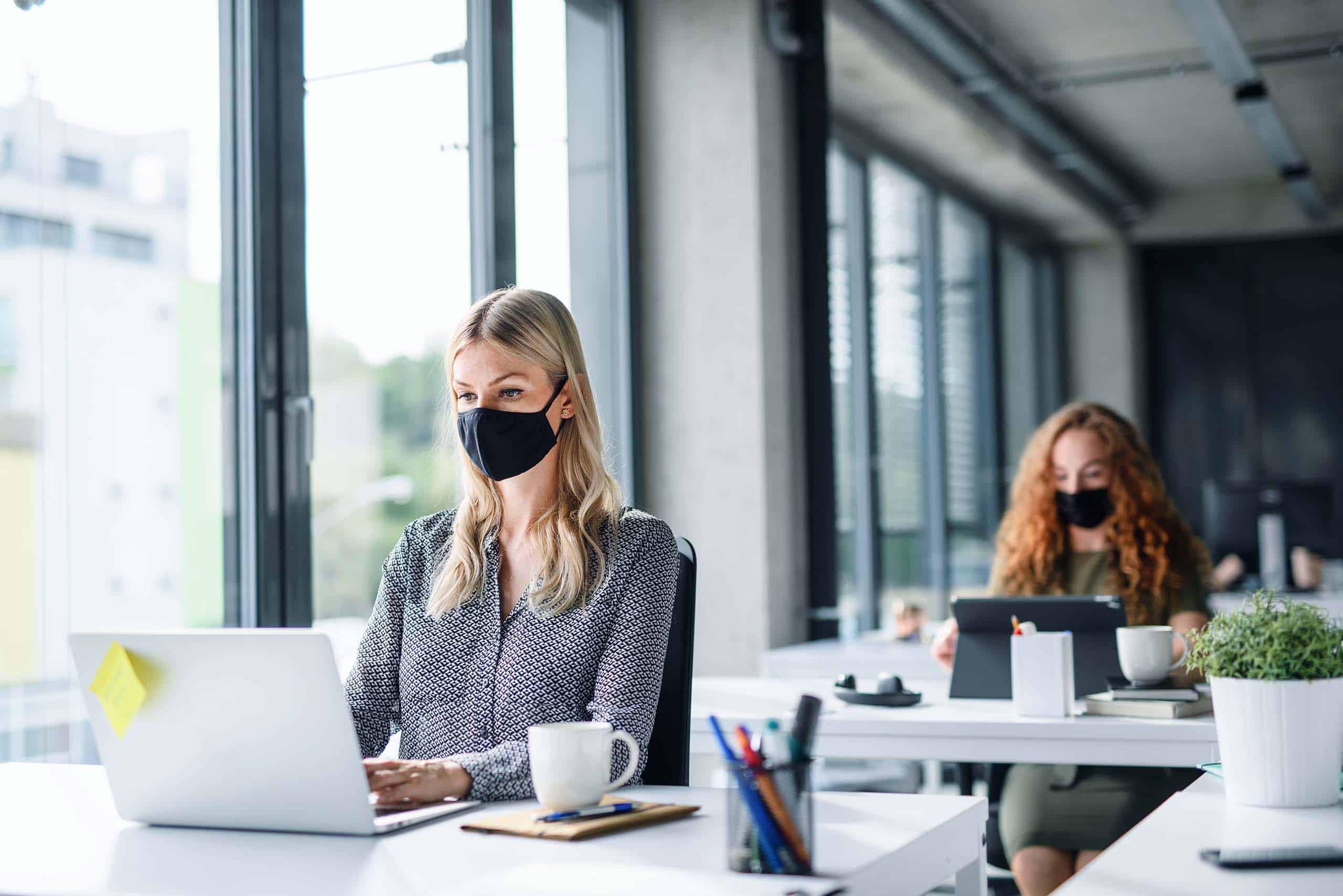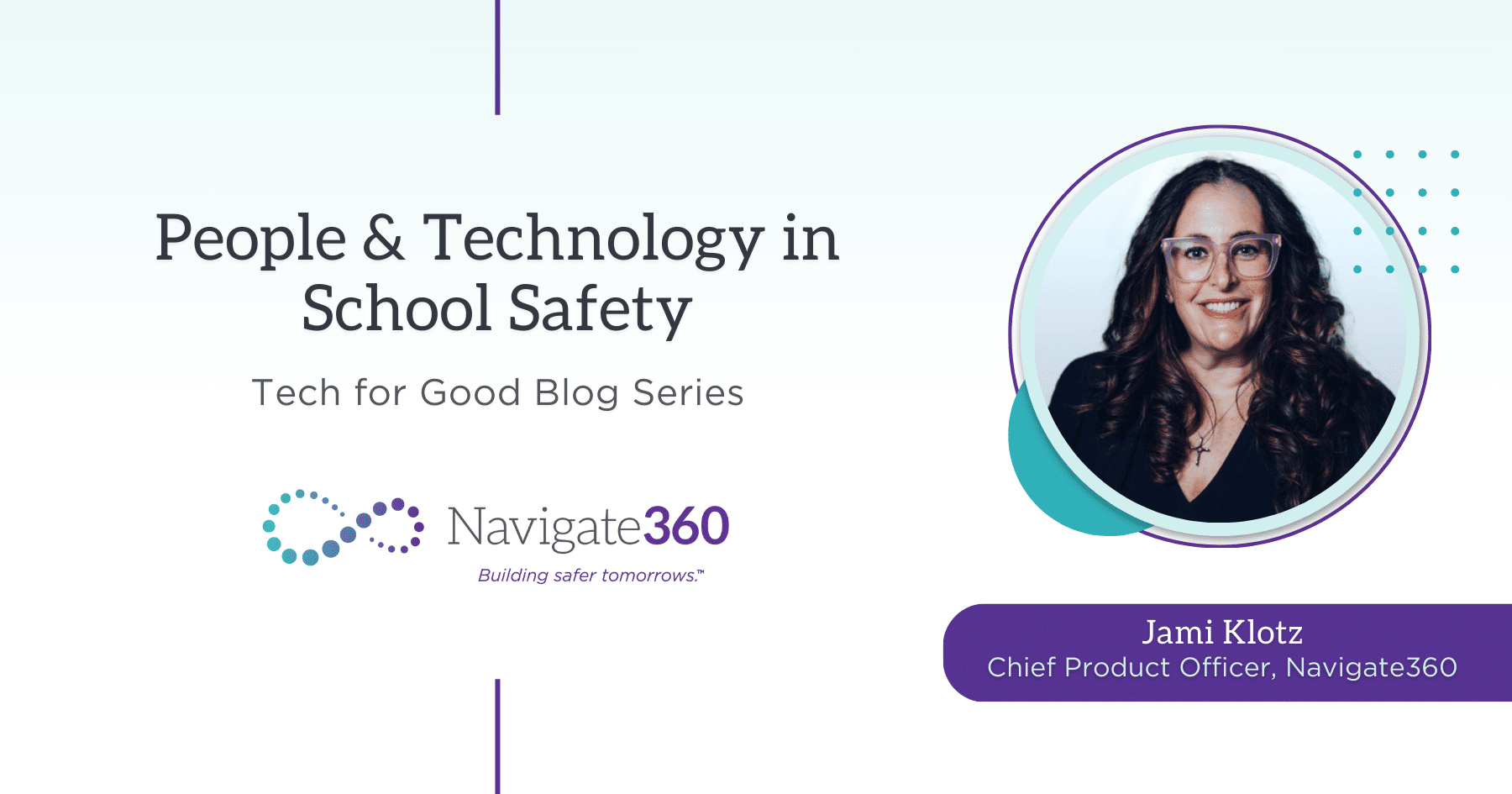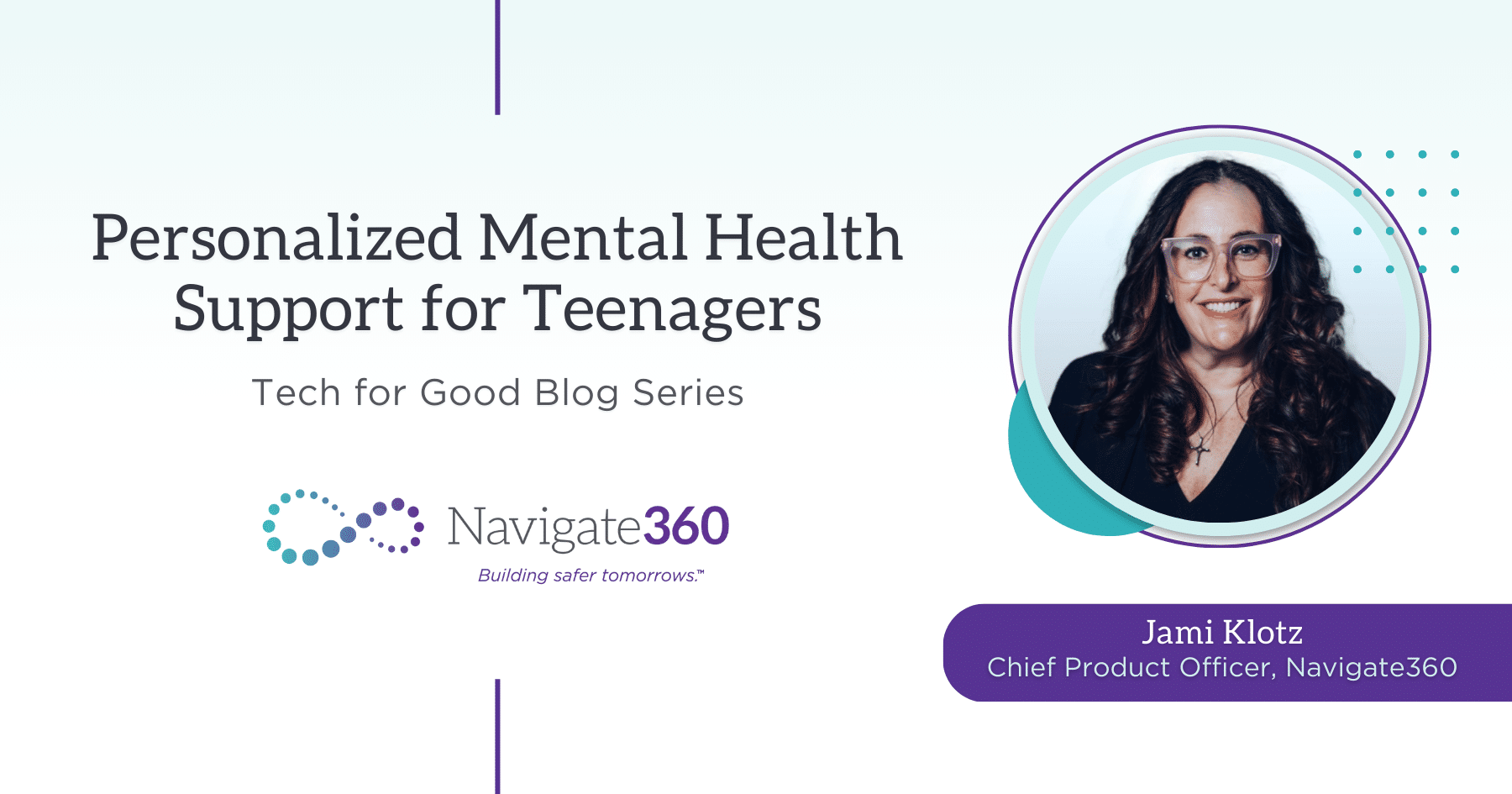The Best Time to Reevaluate Workplace Safety Planning is Now
Before the COVID-19 pandemic, the International Facility Management Association estimated that about 70% of U.S. offices had no or low dividers between workspaces. Managers praised these trendy open-floor plans for their collaborative nature and cost-efficient ability to house more employees per square foot.
Today, however, many businesses are rethinking distance and space in big ways. Companies like Twitter are allowing employees to work from home permanently, while others are making major changes in spacing and social distancing so that employees can return to the office safely.
As businesses adhere to new health and safety guidelines — all of which will impact security and emergency planning — it’s important to stay focused amid the COVID-19 shuffle. That’s why now is the best time to reevaluate your company’s overall safety plan.
How COVID Affects Existing Safety Measures
Embracing new protective measures in the workplace is important, but we need to consider how they might introduce new risks on other safety practices as well. You’re doing the right thing by updating floor plans and office layouts to comply with social distancing, but that’s only half the job. The next step involves identifying and updating potential emergency-escape routes for each workspace. To comply with social distancing, your facility may require additional escape routes, or employees with new desk locations may need training on new evacuation procedures.
Additional considerations for new workplace spacing and distancing include the following:
- Are there new vulnerabilities if you’ve added extra entrance/exit points?
- Do your visitor procedures change because of limited on-site populations or new floor plans?
- Do employees need to return keys or receive new keys if their office location changes?
- What cyber liability protections are in place for remote data access and conferencing use?
- Which roles assume responsibility for new procedures? For example, do security guards manage visitor access instead of watching surveillance or patrolling the building?
After your organization makes changes to comply with new pandemic guidelines, schedule a risk assessment to uncover hidden threats that can compromise safety and security. Risk assessments leverage the expertise of an ASIS board-certified Physical Security Professional (PSP). The comprehensive process identifies hazards and the impact of those hazards and recommends protective measures that inform you of weak spots and how to strengthen them.
Use Technology to Streamline Safety
Complete a risk assessment; mark new emergency exit routes and doors; monitor the health of visitors and employees; remain vigilant with new health and safety protocols. It’s a lot to digest and to ask employees to retain. In the event of an emergency, on top of everything else going on, would your team know what to do?
Real-time Emergency Response Flipcharts from Navigate360 streamline safety plans so that employees have consistent, accurate emergency instructions in the palms of their hands. As part of the Emergency Management Suite, the flipcharts are just one aspect of a comprehensive software solution that improves safety and accountability. Step-by-step emergency procedures guide employees through fire evacuation, bomb threats or other situations, and it all takes place in the palm of your hand. Once employees download the app, they can access critical information with or without an Internet connection. This kind of detailed direction can be hard to come by in a season of constant change, but with the right technology, your team can streamline safety and move forward with confidence.
Establish a Safety Communications Portal
E-mail is one of the most popular office communication tools, but at a time when information changes quickly, an influx of e-mails about health and safety protocols can get lost in the shuffle. Keep teams informed and avoid confusion by creating a COVID-focused landing page or intranet website that houses all health- and safety-related information. This approach is one way to ensure that information is accurate and always available to employees.
Some universities have created a dashboard for not only employees but also students and parents who want to search FAQs and monitor data from random student testing. With this kind of central resource, anyone can access the information at any time. It’s also much easier to update one page of content as opposed to sending out several messages as updates become available.
Organizations may also benefit from creating a cloud-based video-conferencing platform. This resource equips your organization with more options to accommodate at-risk employees working from home. It also establishes a reliable tool for the company to use well into the future.
Prevent Risks During the Pandemic and Beyond
Major changes require major review. In the case of pandemic protocols, there are ripple effects that could impact long-term building security. Comprehensive workplace safety planning includes risk prevention programs with controllable communications that avoid misinformation.
Plan Ahead. Build Confidence.




